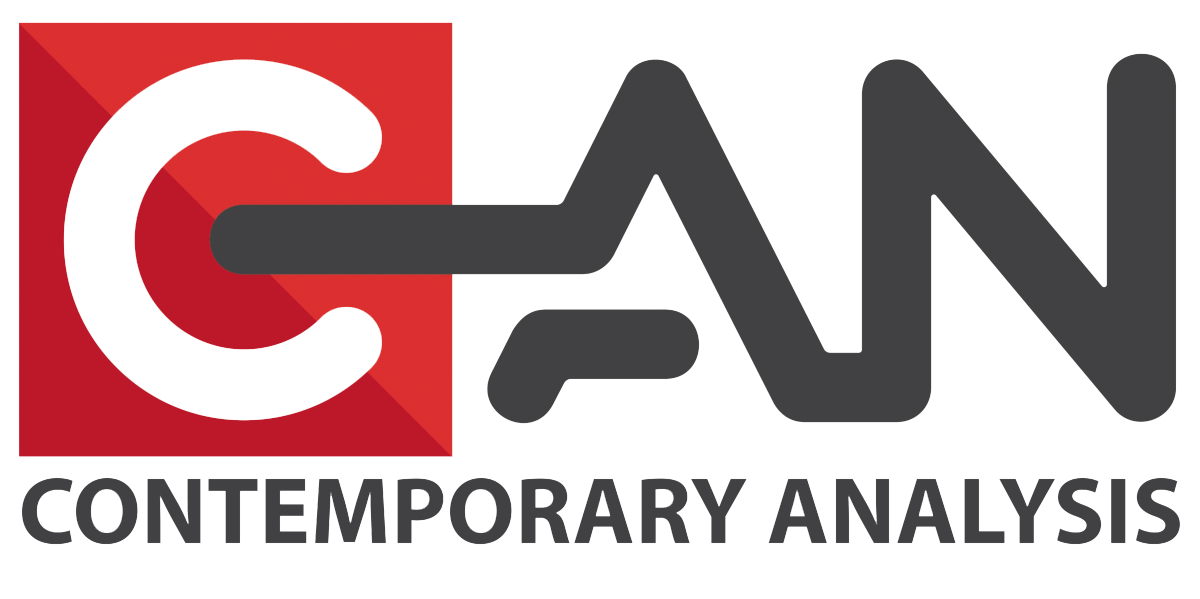CAN's success depends on our ability to provide great jobs to innovative and creative...
News
read more
What to put on your business card
I received a business card from a networking event. I do what I always do, went to my...
A Preattentive Dashboard
The visual world is extraordinarily complex. For example a quick scan of my desk...
Inspect What You Expect
Several weeks ago I had a meeting with Raz Zehnacker. Raz is the former President of...
Using Tableau Reference Lines to Explore Data
At CAN, as needed we use the visualization software Tableau to create reports and...
Use Email Signatures, They are Important
I get emails all the time from clients, potential clients, and people who want me to buy...
Why Jefferson Decided to Join CAN
Jefferson joined CAN before we had this blog, our website, our products, or our office...
Tadd and Jefferson go Mining for Data in Wyoming
CAN is helping one of our clients improve their asset management strategy, by building...
Rethinking why and where to network.
Its amazing when you have a target market how it changes everything you do. I realized a...

